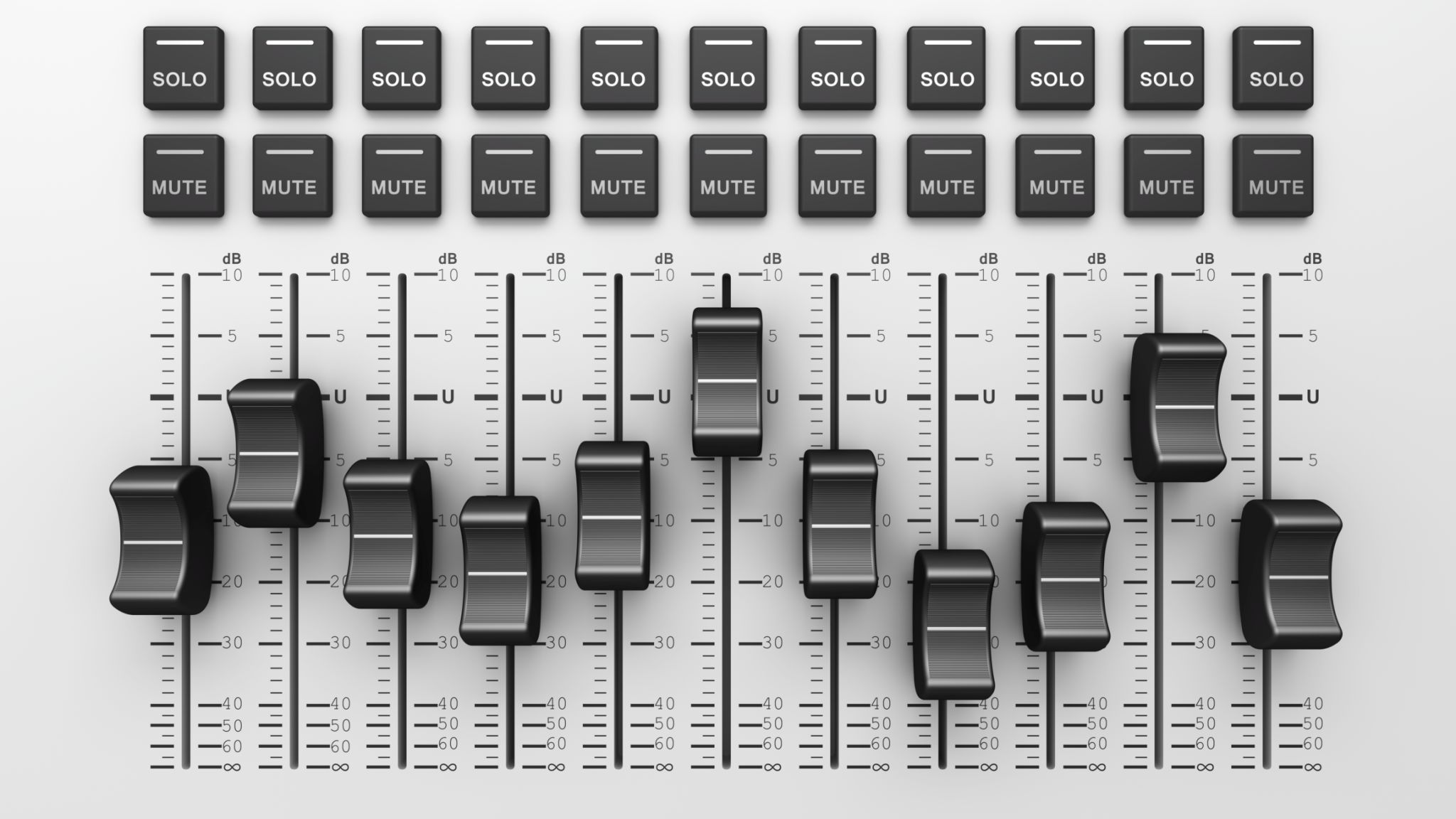Avoiding Common Mistakes in Music Production: Expert Tips
Introduction to Music Production Mistakes
Music production is an art and a science, requiring creativity, technical skills, and attention to detail. Even seasoned producers can fall into common traps that can hinder the quality of their work. Understanding and avoiding these pitfalls can significantly enhance the production process and the final output.

Overlooking the Importance of Acoustic Treatment
One frequent mistake is neglecting the acoustic treatment of the production space. Poor room acoustics can lead to inaccurate sound perceptions, affecting mixing decisions. It's essential to invest time and resources into treating your room acoustically. Start with basic solutions like bass traps and diffusers to improve sound clarity.
DIY Acoustic Treatment Tips
If budget is a concern, consider DIY options for acoustic treatment. Using heavy curtains, thick carpets, and strategically placed furniture can help reduce unwanted reverb and reflections. Remember, a well-treated room provides a neutral listening environment, crucial for making informed production decisions.
Misunderstanding Equalization and Compression
Equalization (EQ) and compression are powerful tools that can enhance or ruin a mix if misused. Over-EQing can lead to unnatural sounds, while over-compression can strip away the dynamics of a track. It's important to understand these tools thoroughly and apply them judiciously.

Balancing EQ and Compression
Start by cutting frequencies that clutter the mix rather than boosting everything. This approach maintains the natural tone of the instruments. With compression, focus on controlling dynamics without flattening the performance. A gentle touch often yields better results.
Ignoring the Importance of Reference Tracks
Reference tracks are invaluable in music production as they provide a benchmark for quality and help maintain a consistent direction during mixing and mastering. Failing to use reference tracks can result in a mix that doesn't translate well across different playback systems.
How to Use Reference Tracks Effectively
Select tracks that align with your desired sound and analyze their structure, tonal balance, and dynamics. Regularly compare your mix to these references to ensure you are on the right track. This practice helps avoid tunnel vision and keeps your mix competitive.

Conclusion: Continuous Learning and Practice
Avoiding these common mistakes requires continuous learning and practice. Stay updated with the latest production techniques, seek feedback from peers, and be willing to revise and improve your work. By doing so, you'll enhance your skills and produce music that stands out.
Remember, mastering music production is a journey. Keep experimenting, stay curious, and don't be afraid to make mistakes—they're part of the learning process that leads to growth and innovation.
